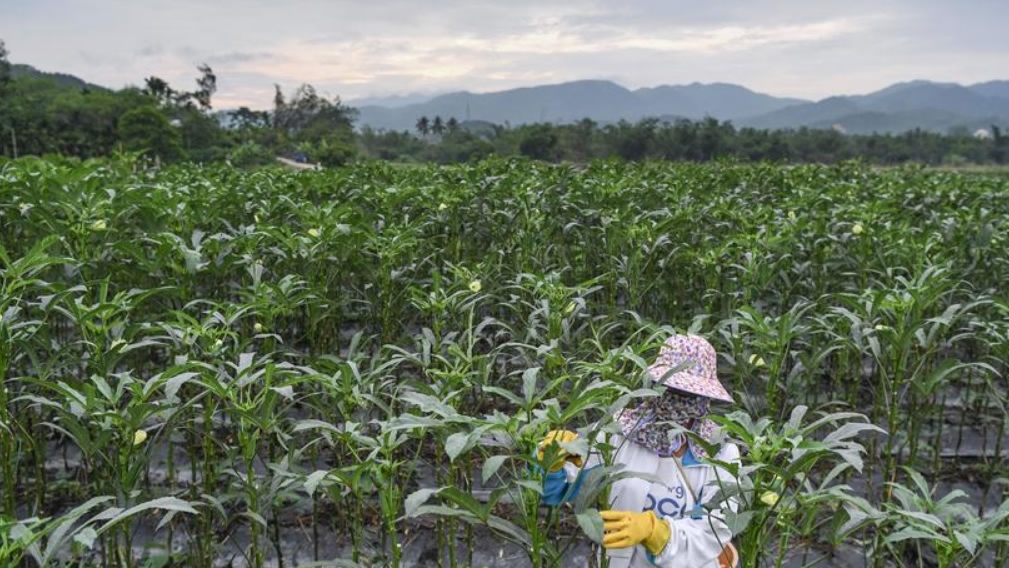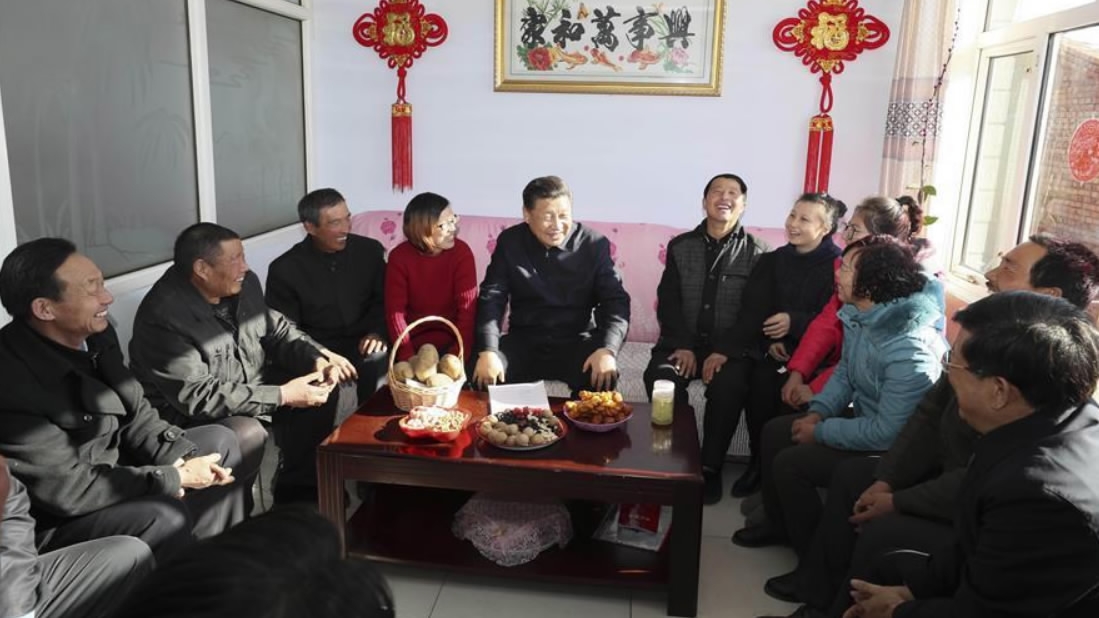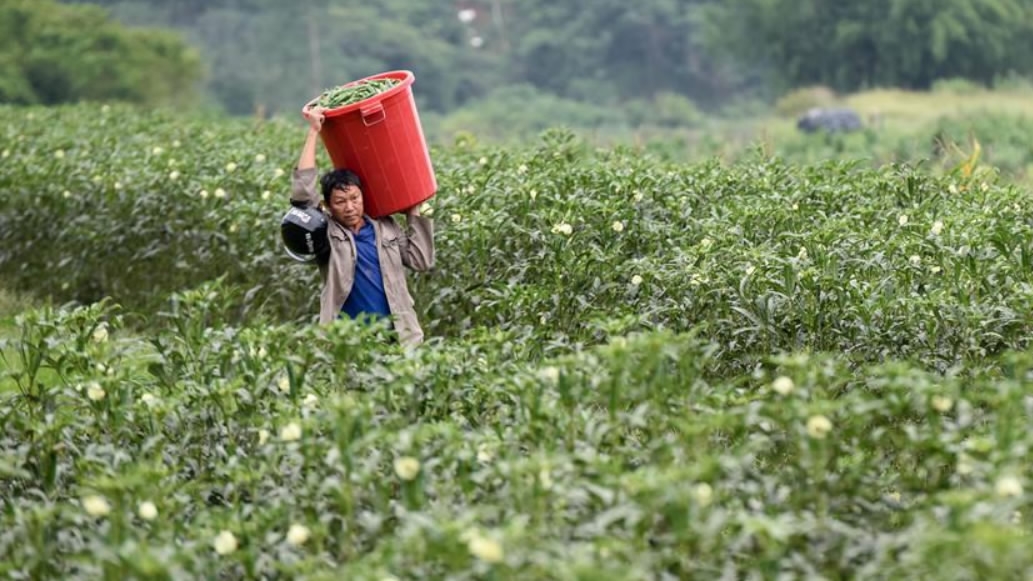China has reduced poverty by more than two-thirds over the past five years, a senior poverty alleviation official said Friday.
There were around 30 million Chinese living below the national poverty line at the end of last year, compared with 98.99 million in 2012, Liu Yongfu, director of the State Council Leading Group Office of Poverty Alleviation and Development, said at a press conference.
"We are closer to the goal of eradicating absolute poverty," Liu said.
China is aiming to eliminate absolute poverty by 2020 in a bid to create a "moderately prosperous society."
Decisive progress has been made. With 28 counties casting off poverty in 2016, China shortened its list of poorest counties for the first time in more than 30 years, Liu said, predicting the number would rise to around 100 in 2017.
A county can be removed from the list if no more than 2 percent of its residents earn less than 2,300 yuan (around 350 US dollars) at 2010 prices. In western regions, the threshold is 3 percent.

A villager harvests okra in the fields in Fanyang Town, Wuzhishan City of south China's Hainan Province, May 18, 2017. In order to increase the income of farmers and promote poverty alleviation, the government of Fanyang Town has introduced the planting of okra to local villagers as from December of 2016, which yields a considerable harvest. /Xinhua Photo
A villager harvests okra in the fields in Fanyang Town, Wuzhishan City of south China's Hainan Province, May 18, 2017. In order to increase the income of farmers and promote poverty alleviation, the government of Fanyang Town has introduced the planting of okra to local villagers as from December of 2016, which yields a considerable harvest. /Xinhua Photo
But Liu said that the task was still arduous, saying "to lift the remaining 30 percent of poor people out of poverty will be the toughest."
Policy makers have listed poverty alleviation as one of China's "three tough battles" for the next three years, along with risk prevention and pollution control. The year 2018 is a key year for the battle, Vice Premier Wang Yang said at a meeting last week, asking for improved policies and measures.
The work will shift to areas hit the hardest by poverty, put more emphasis on quality, and be more targeted and precise, Liu said. "We will work to foster local industries, create new jobs, relocate residents in poor areas...and strengthen aid to the aged, the disabled and people seriously ill."
Nearly 30,000 Chinese villages currently see more than 20 percent of their residents living below the poverty line, which is considered a weak link in the anti-poverty task.

Chinese President Xi Jinping talks with villagers and local cadres at the home of villager Xu Haicheng in Desheng Village, Xiaoertai Township of Zhangbei County in north China's Hebei Province, on Jan. 24, 2017. Xi pushed for increased efforts on poverty alleviation during an inspection tour to the city of Zhangjiakou. / Xinhua
Chinese President Xi Jinping talks with villagers and local cadres at the home of villager Xu Haicheng in Desheng Village, Xiaoertai Township of Zhangbei County in north China's Hebei Province, on Jan. 24, 2017. Xi pushed for increased efforts on poverty alleviation during an inspection tour to the city of Zhangjiakou. / Xinhua
"We will step up support...partly by sending more central and provincial cadres to those villages...who will work there for normally two years," said Xia Gengsheng, another official of the State Council Leading Group Office of Poverty Alleviation and Development.
Among the dispatched will be senior officials, as in northwest China's Xinjiang Uygur Autonomous Region, their ranks could reach as high as the bureau-director level, which is equal to a mayor from a medium-sized city.
A year-long campaign will also be launched to deal with undesirable work styles, such as formalism and bureaucracy, in poverty alleviation, according to Liu.
(Top image: File Photo)
Source(s): Xinhua News Agency




